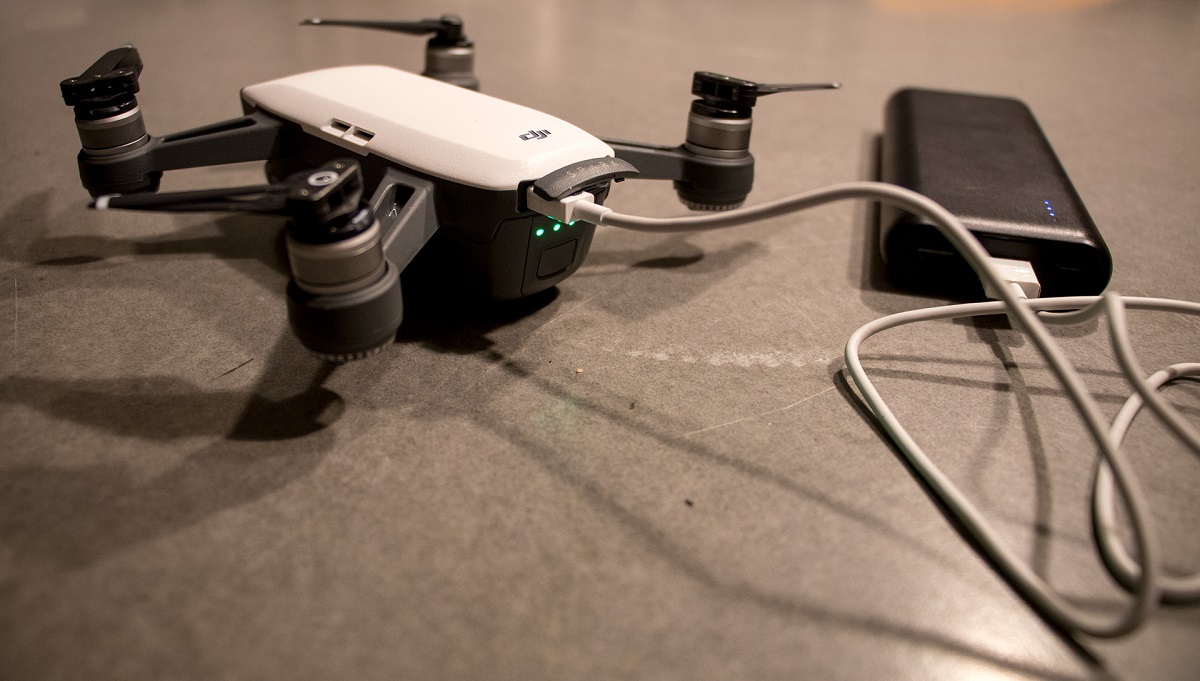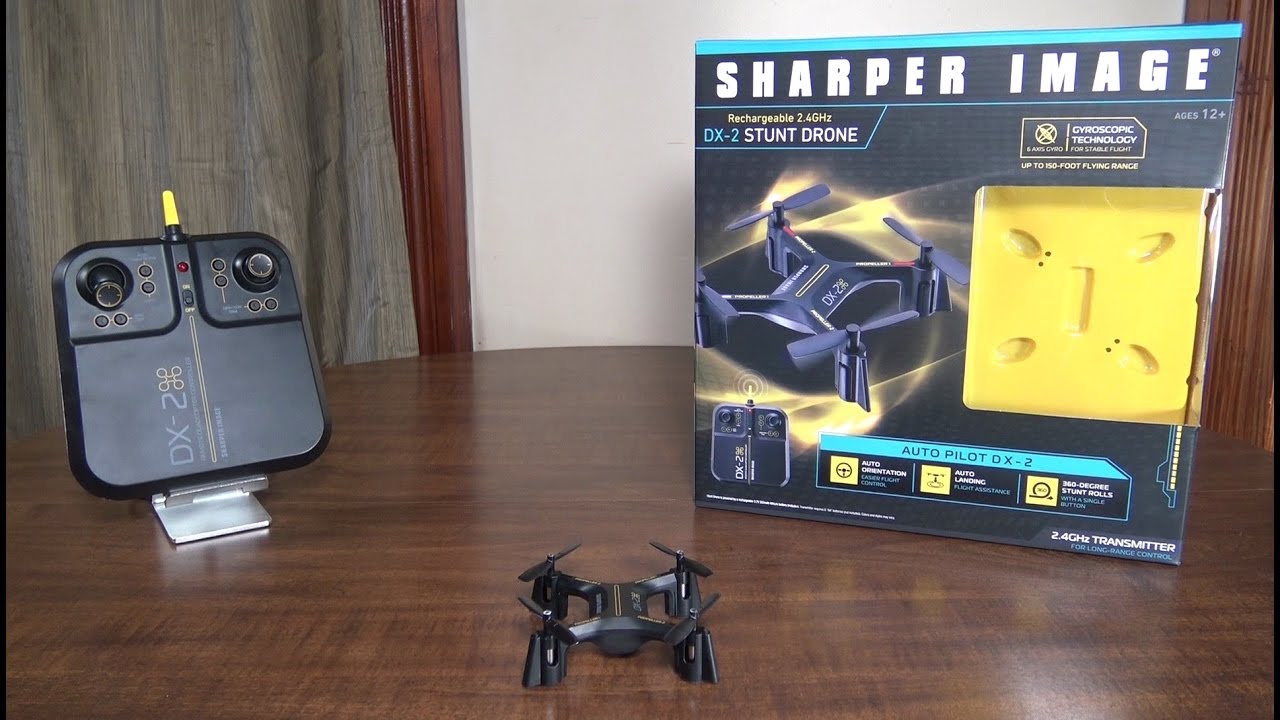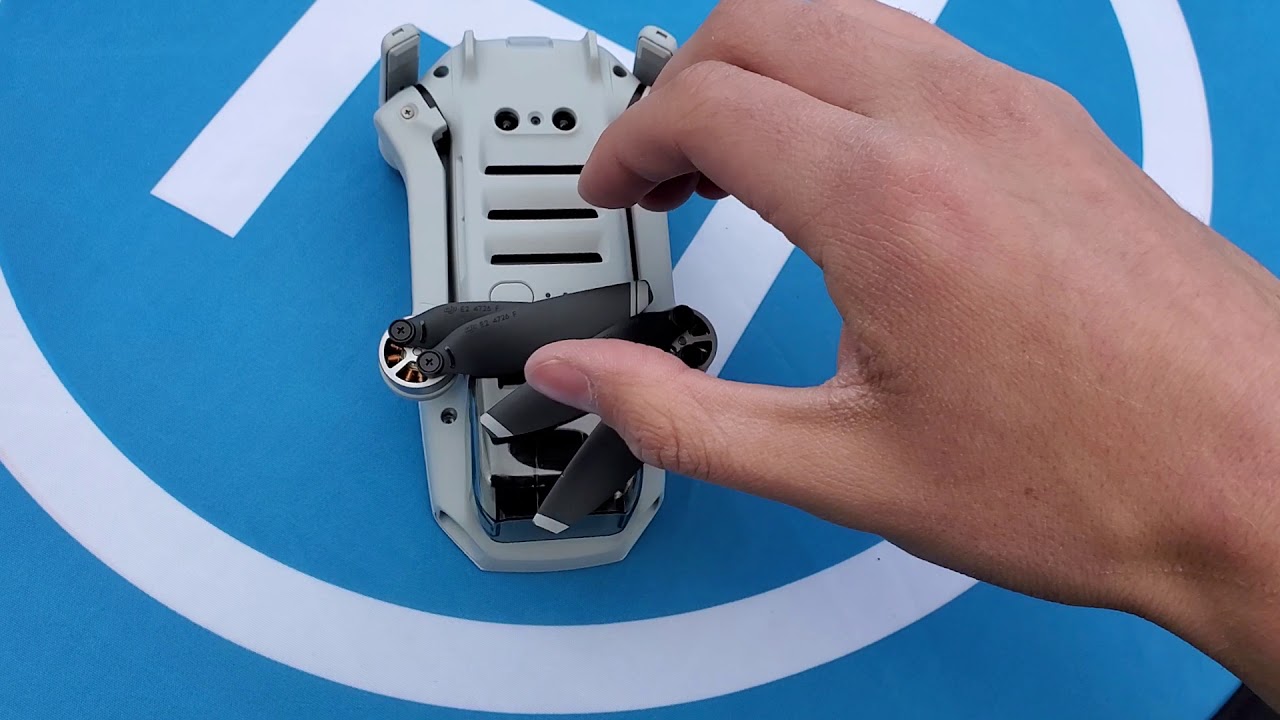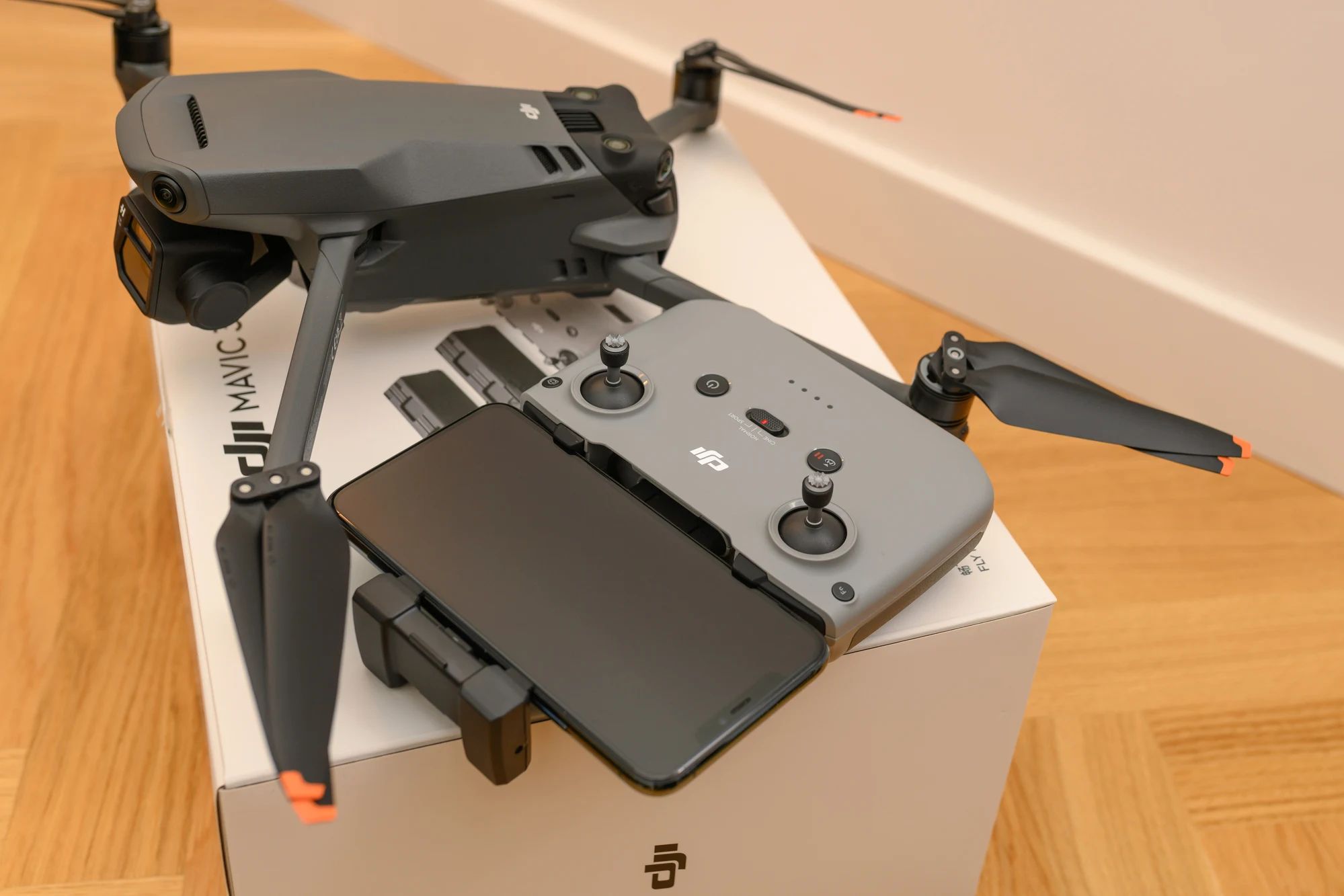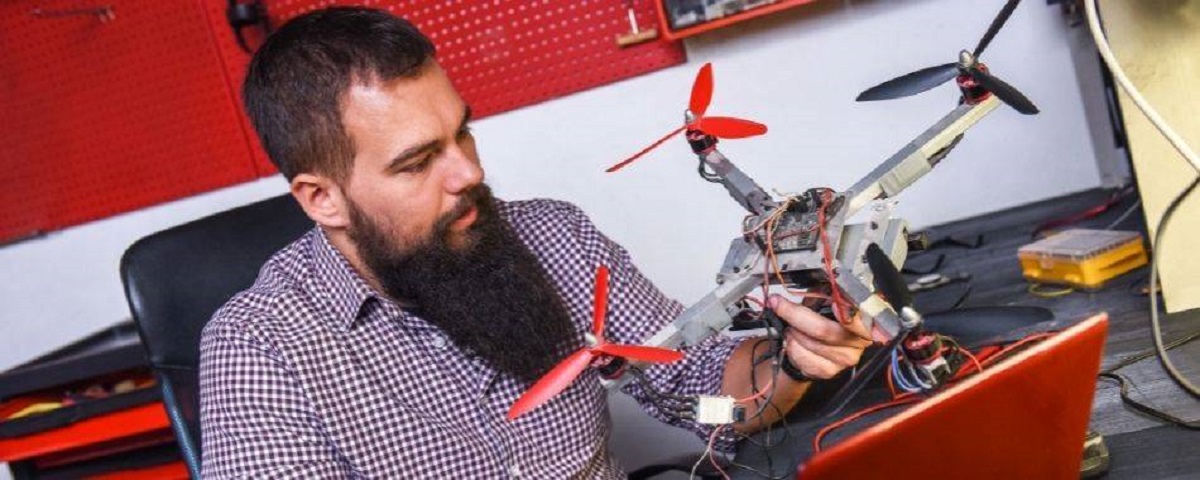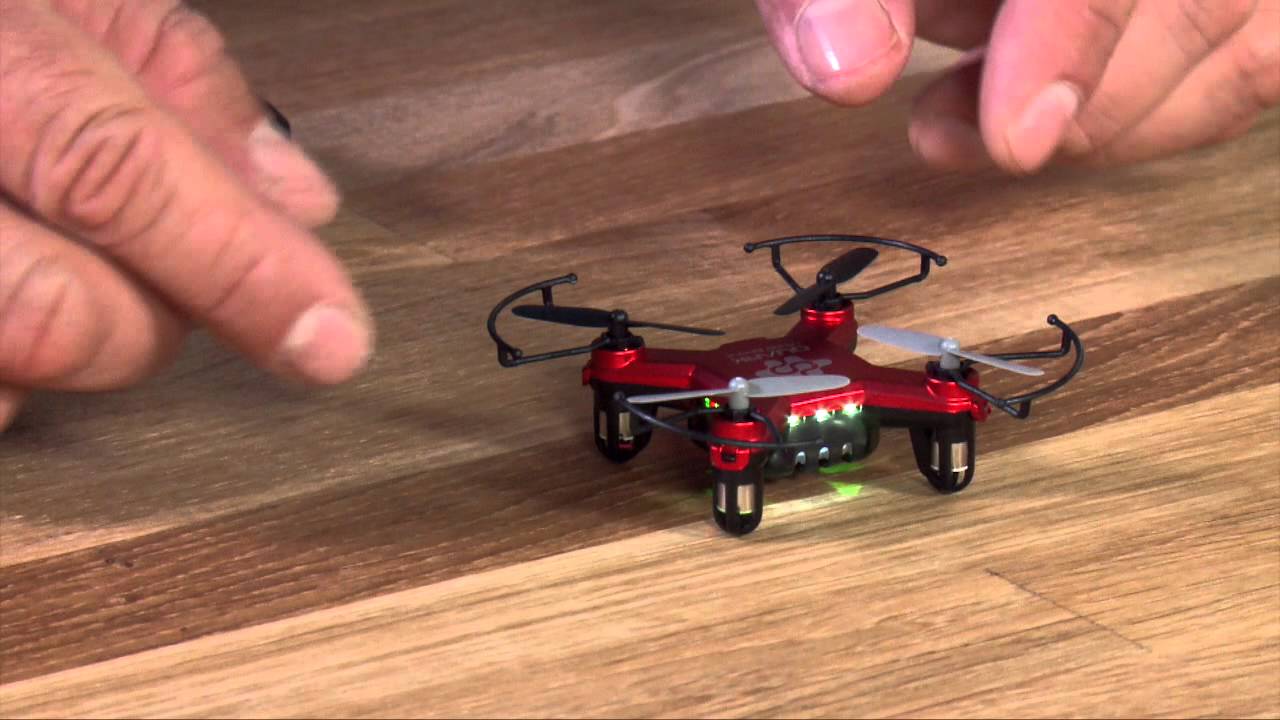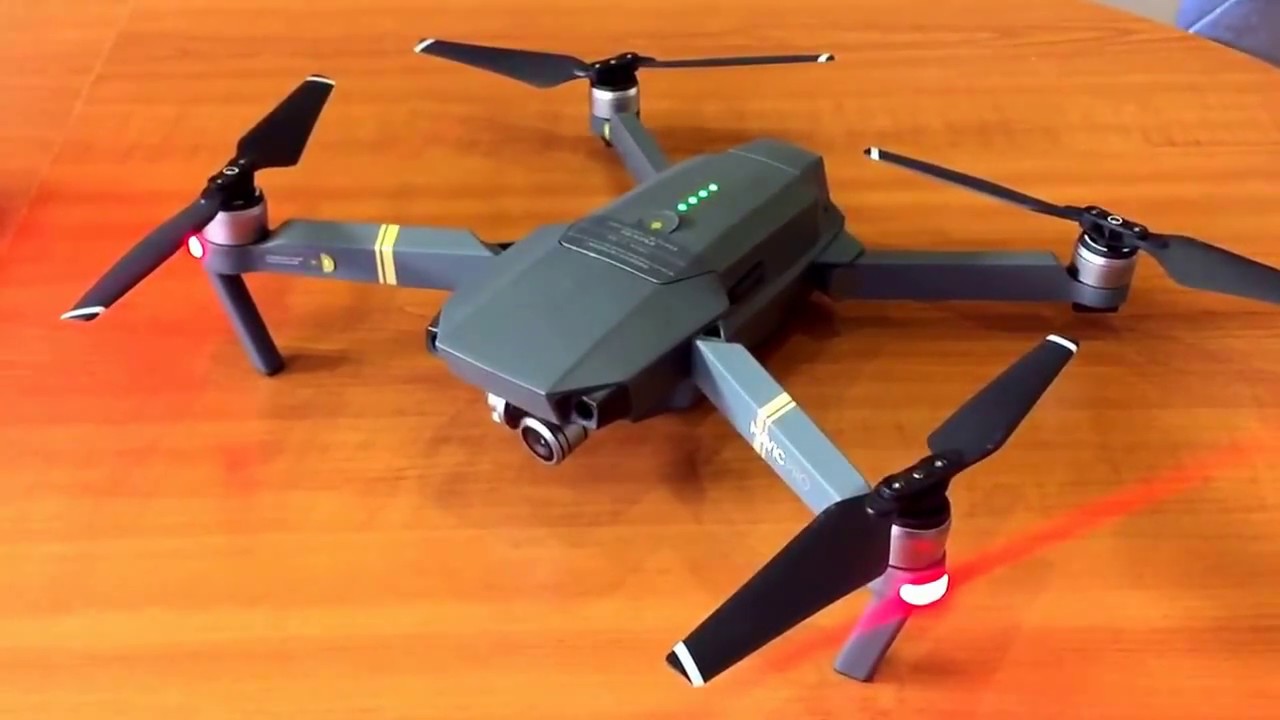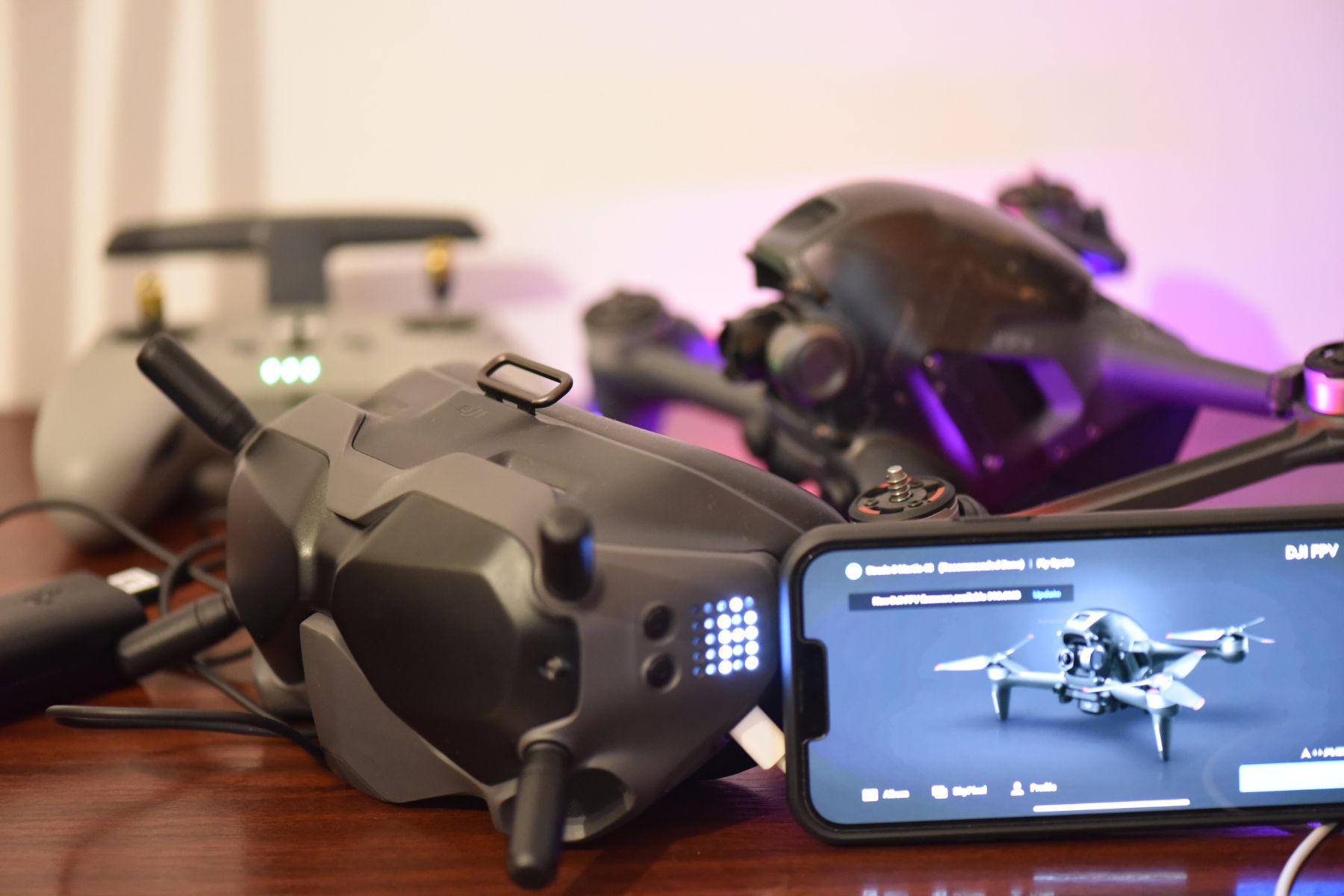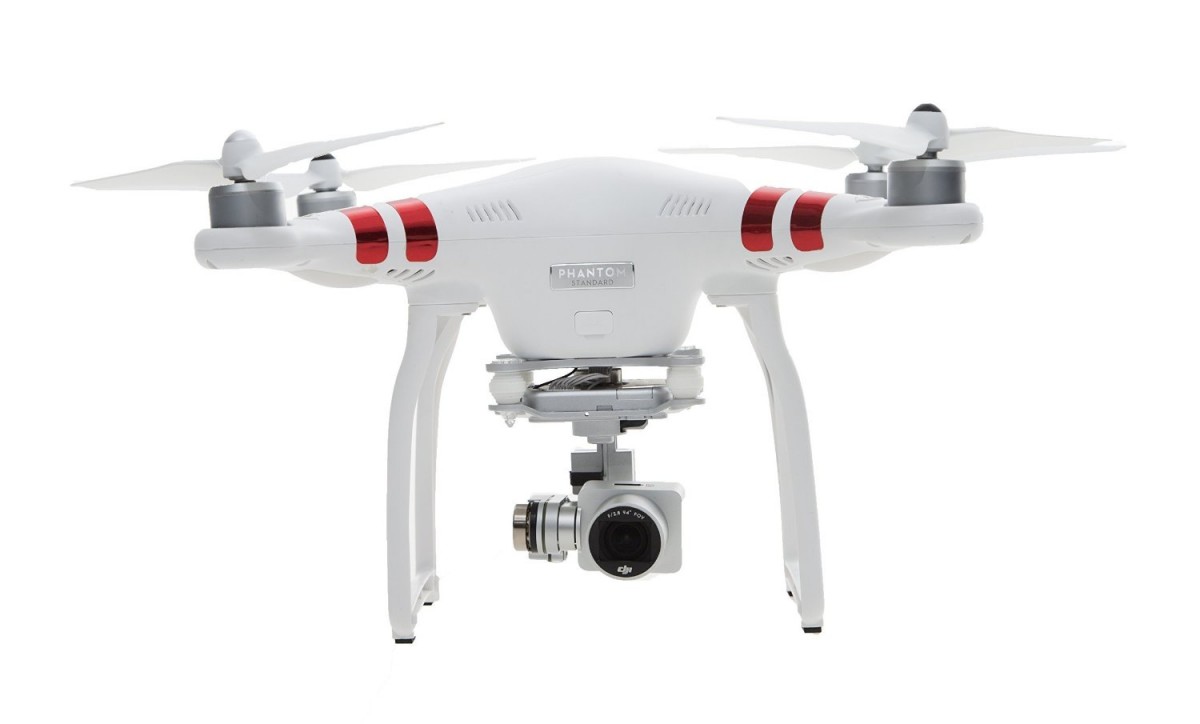Introduction
Welcome to the exciting world of drone technology! As a drone owner, one of the most important aspects of your aerial adventures is ensuring that your drone’s battery is properly charged. Understanding how to charge your drone is essential for maximizing flight time and preventing any unexpected crashes due to a depleted battery. In this article, we will guide you through the various steps and considerations when it comes to charging your drone.
Before we dive into the specifics, it’s important to note that different drones may have slightly different charging requirements. It is crucial to refer to your drone’s user manual for manufacturer-specific instructions. However, the general principles we will discuss here apply to most consumer drones and provide a solid foundation for understanding the charging process.
In the sections that follow, we will explore topics such as using the correct charger, checking battery levels and indicators, determining the length of time required to charge, safe storage and charging practices, charging during travel or on location, and battery maintenance and replacement.
By following these guidelines, you can ensure that your drone’s battery is always charged and ready for its next flight, allowing you to capture stunning aerial footage, explore new territories, and truly enjoy the incredible capabilities of your drone.
Charging the Drone Battery
Charging the drone battery is a crucial step in getting ready for your next flight. Here are some key points to keep in mind:
First and foremost, make sure you are using the correct charger that is specifically designed for your drone model. Using a different charger can lead to improper charging, which may damage the battery or even pose a safety risk. Refer to your drone’s user manual or the manufacturer’s website to ensure you have the right charger.
Next, locate the charging port on your drone. It is typically located on the underside or back of the drone. Connect the charger to the port securely, ensuring a proper connection. Some drones may have a separate battery charging dock, so be sure to follow the manufacturer’s instructions accordingly.
Once connected, plug the charger into a power source. It is recommended to use a surge-protected power outlet or a dedicated charging station to avoid any electrical issues. Always ensure that the power source is compatible with the charger’s voltage requirements.
Most drones come with indicator lights or displays to show the charging status. These indicators may vary depending on the model but commonly include a blinking light or a progress bar. It’s important to keep an eye on these indicators to monitor the charging process and determine when the battery is fully charged.
It’s crucial to let the battery charge fully before disconnecting it from the charger. Charging times can vary depending on the size and capacity of the battery. Refer to your drone’s user manual for estimated charging times to avoid premature disconnections.
While it’s tempting to charge the battery to maximum capacity every time, it’s generally advisable to keep the battery level at around 70% for long-term storage. This helps to prolong the battery’s lifespan and prevents any potential issues caused by overcharging.
Properly charging your drone battery is essential for maximizing its lifespan and ensuring safe and successful flights. By following these steps, you can confidently charge your drone battery, knowing that it is ready to take to the skies for your next adventure.
Using the Correct Charger
Using the correct charger is crucial when it comes to charging your drone battery. Here are some important considerations:
Each drone model may have a specific charger designed to be compatible with its unique battery requirements. Using a charger that is not intended for your drone can result in inefficient charging or even damage to the battery. Always refer to your drone’s user manual or the manufacturer’s guidelines to ensure you are using the correct charger.
When purchasing a new drone or extra batteries, it is recommended to buy official chargers from the manufacturer or reputable retailers. These chargers have been tested and approved, providing a reliable and safe charging solution for your drone battery.
Avoid using generic or third-party chargers, as they may not provide the necessary voltage or current levels required for optimal charging. While they may be cheaper or more readily available, they can pose a serious risk to both your battery and your drone’s overall performance.
It’s important to inspect the charging cable for any signs of damage, such as fraying or exposed wires. Using a damaged cable can lead to inconsistent charging or electrical issues. If you notice any damage, replace the cable immediately with a new one that meets the manufacturer’s specifications.
Some drones may come with USB charging options, which allow you to charge the battery using a computer, power bank, or other USB-enabled devices. While convenient, it’s essential to ensure that the USB port provides enough power to charge the battery effectively. Using a low-power USB port can result in slow or incomplete charging.
Remember, using the correct charger not only ensures efficient and safe charging but also contributes to the overall longevity of your drone’s battery. By following the manufacturer’s recommendations and using the approved charger, you can maintain the health of your battery, allowing for more enjoyable and worry-free flights.
Checking Battery Levels and Indicators
Checking the battery levels and indicators is essential for monitoring the charging process and determining the readiness of your drone for flight. Here’s what you need to know:
Most drones are equipped with battery level indicators, either in the form of LED lights, a display screen, or a mobile app interface. These indicators provide valuable information about the remaining battery capacity, allowing you to plan your flights accordingly.
Before charging your drone, check the current battery level. This will give you an idea of how much charge is needed to reach a full capacity. Many drones have a low battery warning feature that alerts you when the battery is running low, prompting you to recharge.
Once connected to the charger, the battery level indicators will typically show the progress of the charging process. This can be represented by a percentage value, a progress bar, or LED lights changing from red to green. It’s important to monitor these indicators to ensure the battery is charging properly.
Some drones may have a feature that allows you to check the battery level without physically connecting it to the charger. This is typically done through the drone’s settings or via a mobile app connected to the drone. Utilize these features to conveniently monitor the battery level, even when the drone is not in use.
In addition to checking battery levels, it’s important to pay attention to any warning indicators or error messages that may indicate a problem with the battery or the charging process. If you encounter any abnormal or inconsistent indicators, consult your drone’s user manual or contact the manufacturer for guidance and possible troubleshooting steps.
Remember to be patient when charging your drone battery. Charging times can vary depending on the capacity of the battery and the charging speed of the charger. Avoid disconnecting the battery prematurely, as this may result in incomplete or inefficient charging.
Regularly checking the battery levels and indicators provides valuable insights into the charging process and ensures that your drone is ready for safe and uninterrupted flights. By staying vigilant and following these guidelines, you can confidently gauge the battery’s status and optimize its performance.
Length of Time Required to Charge
The length of time required to charge a drone battery can vary depending on several factors. Here’s what you need to know:
The charging time of a drone battery depends on the battery’s capacity, the charger’s output, and other charging parameters set by the manufacturer. Larger batteries generally take longer to charge compared to smaller ones, as they contain more cells and require more energy.
Manufacturers usually provide estimated charging times in the drone’s user manual or on their website. It’s important to refer to these guidelines to get a general idea of how long it may take to fully charge your drone’s battery. However, please note that these times are approximate and can sometimes vary based on specific conditions or battery health.
High-quality chargers with higher output currents can charge the battery faster. However, it’s essential to ensure that the charger is compatible with your drone’s battery and does not exceed its recommended charging limits. Using a charger with too high of an output can cause damage to the battery or pose a safety risk.
It’s worth mentioning that charging times can also be affected by external factors, such as ambient temperature. Extremely hot or cold environments may slow down the charging process, as batteries perform best within a specific temperature range. Maintaining the recommended operating temperature for both the battery and the charger is crucial for efficient charging.
When charging your drone battery, it’s best to allow it to reach a full charge before disconnecting it from the charger. Battery indicators, as discussed in the previous section, will help you monitor the progress of the charging process. Avoid disconnecting the battery prematurely, as it may result in reduced flight time and diminish overall battery performance.
Lastly, if you are in a rush and need your drone battery charged quickly, it’s important to consider the limitations of fast charging. While some chargers may offer fast charging capabilities, it’s essential to check if your drone’s battery and charger support this feature. Fast charging can significantly reduce charging times, but it may also impact the battery’s lifespan in the long run.
Understanding the length of time required to charge your drone’s battery is crucial for planning your aerial adventures and ensuring a seamless flying experience. By considering the factors mentioned above and following the manufacturer’s recommendations, you can effectively manage the charging time and keep your drone powered up for your next thrilling flight.
Safe Storage and Charging Practices
Safe storage and charging practices are essential for maintaining the longevity and safety of your drone’s battery. Here are some guidelines to follow:
When not in use, store your drone and its battery in a cool and dry place, away from direct sunlight and extreme temperatures. High temperatures can degrade the battery’s performance and potentially cause damage. Storing the battery in a fireproof and non-metallic container is also recommended to minimize any potential fire risks.
Avoid storing the battery in a fully charged or fully depleted state for extended periods. Instead, aim to store the battery at around 50-70% charge. This helps to prevent over-discharge or overcharge situations, which can negatively impact the battery’s health and lifespan.
Regularly inspect the battery for any signs of damage, such as swelling, leakage, or deformities. If you notice any abnormalities, cease using the battery immediately and dispose of it in accordance with local regulations. Damaged batteries can be a safety hazard and should not be charged or used further.
When connecting the battery to the charger, ensure a secure and proper connection. Loose connections may result in unstable charging or inefficient transfer of power. It’s also important to check that the charging cables and connectors are in good condition, free from any damage or wear.
Never leave the battery unattended while it is charging. While modern chargers are designed with safety features, accidents can still happen. It’s best to monitor the charging process and be present to respond promptly in case of any unforeseen issues or emergencies.
Keep the charging area clean and free from any flammable materials. Avoid charging the drone battery near combustible items or in close proximity to liquids. Should a fire occur during charging, having a fire extinguisher nearby is a precautionary measure that can help minimize any potential damage.
It’s important to note that charging your drone’s battery during travel requires extra precautions. Ensure the battery is properly disconnected and stored in a fireproof bag specifically designed for transporting lithium polymer (LiPo) batteries. Follow all airline and transportation regulations when carrying drone batteries to prevent any issues during your journey.
By implementing safe storage and charging practices, you can significantly reduce the risks associated with drone batteries. Prioritizing safety not only protects your equipment but also ensures peace of mind, allowing you to focus on capturing amazing footage and enjoying your aerial adventures.
Charging During Travel or On Location
Charging your drone during travel or on location requires careful consideration to ensure convenience, safety, and compliance with regulations. Here’s what you need to know:
When traveling with your drone, it’s important to research and adhere to the regulations and requirements of your destination. Different countries or regions may have specific rules regarding drone batteries and their transportation, including limitations on the number of batteries allowed or restrictions on carrying them in checked baggage.
Prioritize safety when charging your drone battery during travel. Use a fireproof charging bag or container specifically designed for transporting and charging lithium polymer (LiPo) batteries. These bags are designed to contain any potential fire or explosion in the event of a malfunction.
Ensure that the charger you bring is compatible with the power outlets and voltage standards of the country you are visiting. Depending on the location, you may need a voltage converter or an adapter to connect your charger to the local power source.
If you are traveling to a remote location without access to conventional power outlets, consider alternative charging options. Portable power banks or solar chargers can be handy for recharging your drone battery. However, it’s essential to check the power bank’s compatibility, capacity, and output to sustain the charging needs of your drone.
When charging your drone on location, choose a stable and level surface away from any flammable or hazardous materials. Avoid charging the battery on surfaces that easily conduct heat, such as metal, as it can affect the charging process or potentially damage the battery.
Be mindful of the ambient temperature when charging your drone outdoors. Extreme temperatures, whether too hot or too cold, can impact the charging efficiency and affect the battery’s overall performance. If necessary, seek shade or shelter to maintain a suitable temperature range during the charging process.
Remember to follow the manufacturer’s guidelines for charging your drone battery, even when charging on location. This includes using the correct charger, monitoring battery levels and indicators, and allowing the battery to reach a full charge before disconnecting it.
Finally, always supervise the charging process, especially in outdoor or unfamiliar environments. Keep an eye on the battery indicators and be ready to respond promptly in case of any irregularities or emergencies.
By being prepared and adhering to safe charging practices during travel or on location, you can enjoy uninterrupted flights and capture breathtaking footage wherever your drone takes you.
Battery Maintenance and Replacement
Maintaining your drone’s battery is crucial for optimal performance and longevity. Here are some essential battery maintenance practices to follow:
Regularly inspect your drone’s battery for any signs of wear or damage. This includes checking for swelling, leaks, or any physical deformities. If you notice any abnormalities, stop using the battery immediately and replace it with a new one to prevent any potential safety hazards.
Clean the battery contacts regularly to ensure a good connection between the battery and the drone. Use a soft, lint-free cloth or a clean cotton swab moistened with rubbing alcohol to gently wipe away any dirt or debris. Avoid using excessive force or abrasive materials that may scratch or damage the contacts.
Store your drone battery at a moderate temperature, ideally between 20-25 degrees Celsius (68-77 degrees Fahrenheit). Extreme temperatures, whether hot or cold, can negatively impact battery performance and potentially lead to damage. Additionally, long-term storage should be done at approximately 50-70% charge to maintain battery health.
Avoid over-discharging or overcharging the battery. Modern drones are equipped with low battery warning systems that alert you when the battery reaches a critical level. Pay attention to these warnings and land the drone promptly to prevent over-discharging. Similarly, do not leave the battery connected to the charger for an extended period after it has reached a full charge to avoid overcharging.
Consider investing in a battery charging hub or multiple batteries to extend your flight time. Having spare batteries allows you to quickly swap out depleted ones and continue flying without interruptions. Keep in mind that additional batteries should also be properly maintained, stored, and charged according to the manufacturer’s guidelines.
It’s important to periodically check for firmware updates for both your drone and battery. Manufacturers often release firmware updates that can improve battery performance, safety features, and overall drone functionality. Staying up to date with these updates ensures you get the most out of your battery and drone.
Over time, the capacity of lithium polymer (LiPo) batteries can degrade. If you notice a significant decrease in your drone’s flight time or overall battery performance, it may be time to consider replacing the battery. Follow the manufacturer’s recommendations for battery replacements to ensure compatibility and optimal performance.
Proper battery maintenance and timely replacements are essential for ensuring reliable performance and safe flights. By following these guidelines, you can maximize the lifespan of your drone’s battery, enhance flight experiences, and continue capturing stunning aerial footage.
Conclusion
Charging and maintaining your drone’s battery is an essential aspect of being a responsible drone owner. By following the correct charging procedures, using the appropriate charger, and monitoring battery levels and indicators, you can ensure that your drone is always ready for flight.
Safe storage and charging practices, such as storing the battery at the recommended charge level and using fireproof charging bags, help minimize risks and protect both your equipment and surroundings. Additionally, being mindful of the length of time required to charge the battery and understanding the factors that can affect charging times will allow you to plan your flights effectively.
Whether you’re charging your drone at home, during travel, or on location, prioritizing safety, complying with regulations, and using the right equipment are essential. By maintaining proper battery care, regularly inspecting for damage, and considering battery replacements when necessary, you can prolong the lifespan of your drone’s battery and ensure optimal performance.
Remember to consult your drone’s user manual for specific instructions and guidelines tailored to your drone model. Each drone may have unique charging requirements that are crucial to follow for the best possible outcome.
By implementing these practices, you can enjoy safe and successful flights, capture stunning aerial footage, and fully maximize the incredible capabilities of your drone. So, keep those batteries charged, take to the skies, and embark on unforgettable aerial adventures!







